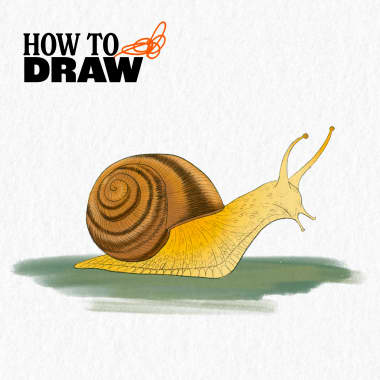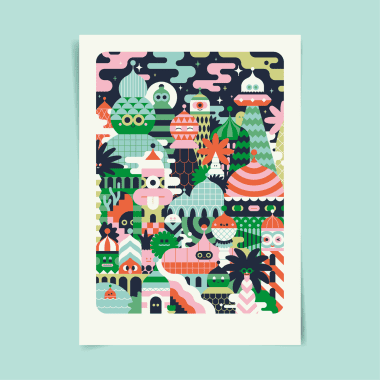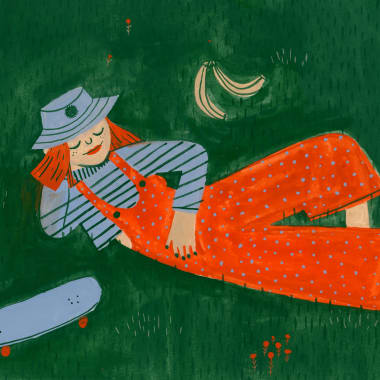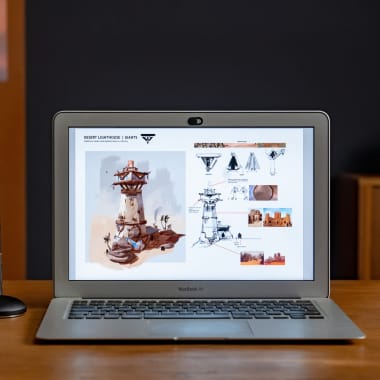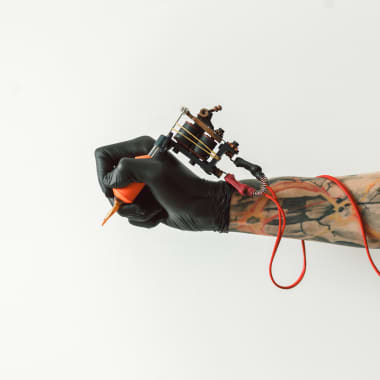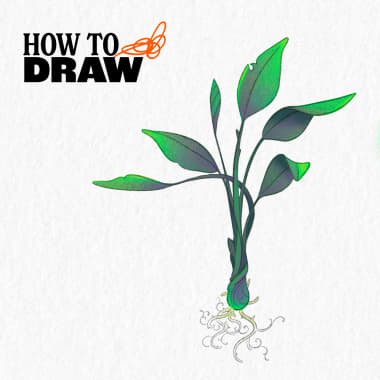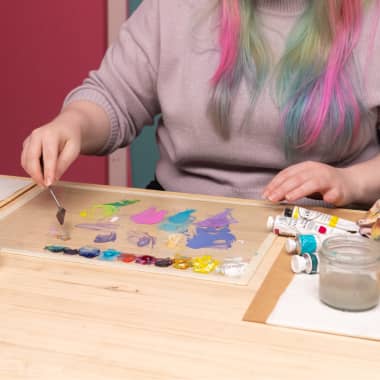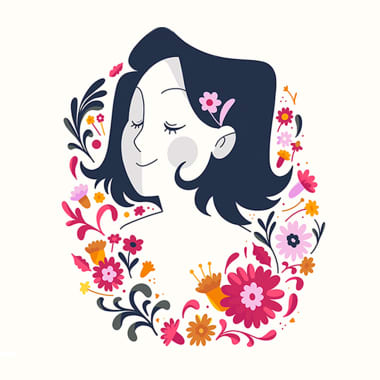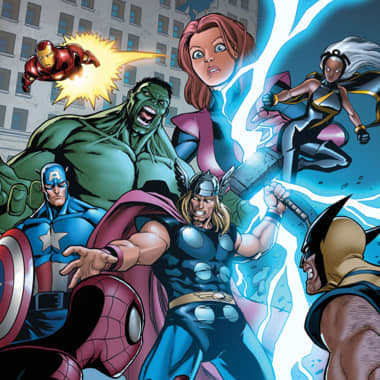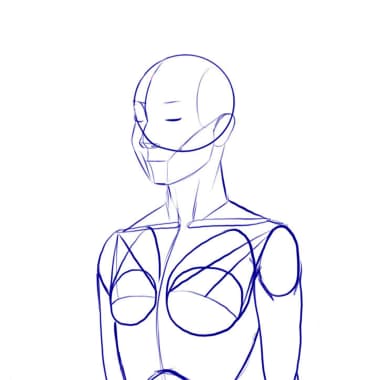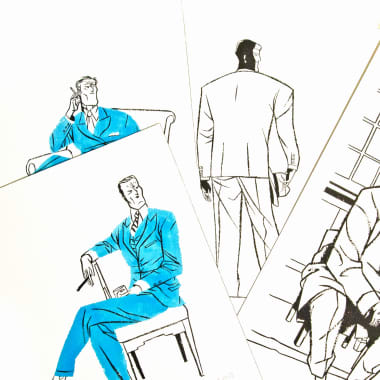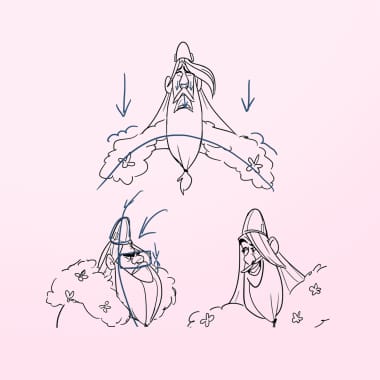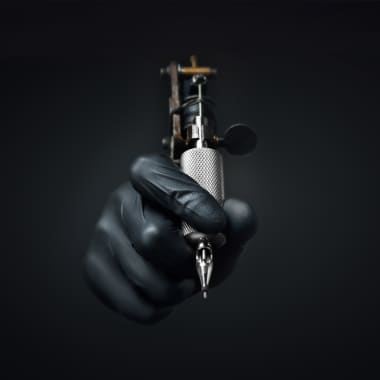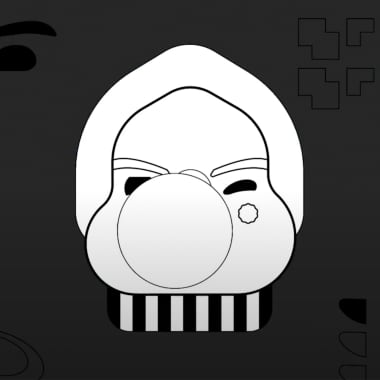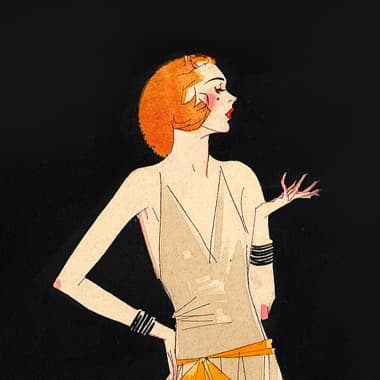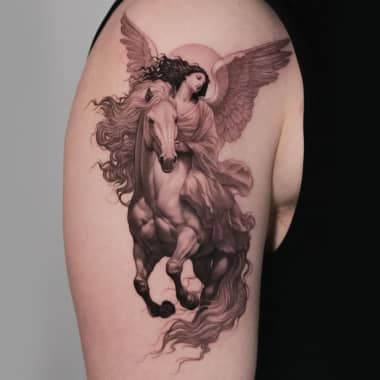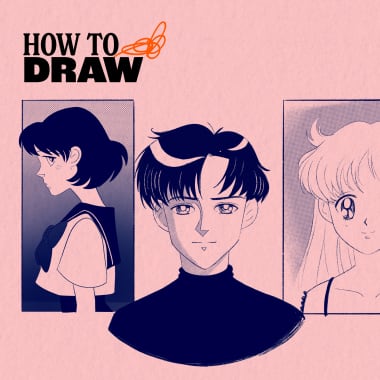Illustration
Teacher
Capturing the dynamic energy and unique character of city streets through watercolor techniques is a rewarding artistic pursuit. Whether you're drawn to the architectural beauty of historic buildings or the vibrant chaos of bustling urban scenes, mastering the art of urban watercolor opens up a world of creative possibilities. Here are five essential tips to help you portray your city with confidence and flair:
1. Finding the Ideal Reference Photo: A well-chosen reference photo serves as the foundation of any successful urban watercolor painting. Seek out images that capture the essence of your cityscape, with compelling compositions, interesting architectural details, and atmospheric lighting. Experiment with different angles and viewpoints until you discover the perfect reference photo that sparks your creativity and inspires your artistic expression.
2. Paper Quality Matters: Elevate your urban watercolor paintings by investing in top-notch paper. Look for heavyweight, acid-free paper specifically designed for watercolor use. Quality paper absorbs water evenly, allowing colors to blend seamlessly while providing the stability needed for intricate details and washes.
3. Waterproof Fineliners for Precision: Fine details and crisp lines can elevate your urban watercolor paintings from good to great. When adding intricate elements such as windows, doors, or architectural features, opt for waterproof fineliners. These pens prevent smudging and bleeding, preserving the integrity of your line work even when layered with watercolor washes.
4. Perfecting Sign Placement: Achieving balance and harmony in your cityscape illustrations requires careful consideration of sign placement. Before you pick up your brush, take the time to center signs and storefronts within your composition. This simple yet crucial step ensures that your paintings feel cohesive and visually pleasing.
5. Mastering Perspective with Ease: Conveying depth and dimension in urban landscapes requires a solid grasp of perspective. To simplify the process, I've created the One-Point Perspective Raster, a free downloadable tool designed to help artists draw in perspective effortlessly. With this handy grid, mastering the complexities of perspective becomes more accessible, allowing you to create realistic and immersive cityscapes with confidence.





